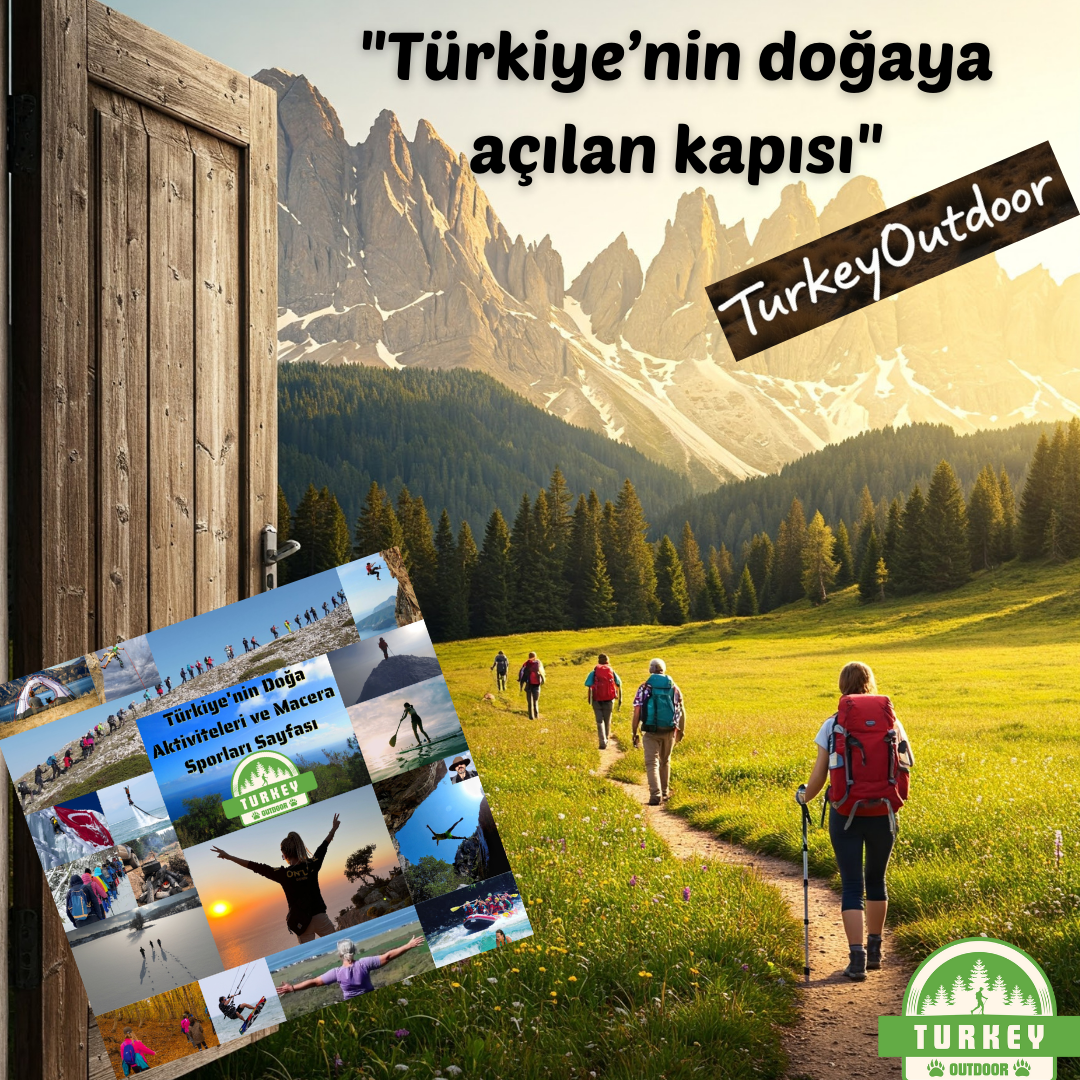+7,000 Peaks Gaining Popularity in Mountaineering

Turkey's gateway to nature, the Nature Activities & Adventure Sports Page , is Turkey's most up-to-date and comprehensive information source for anyone interested in nature sports. 🏕️⛰️ It's a comprehensive platform offering nature enthusiasts across Turkey the most up-to-date events and guides, from camping sites and hiking routes to mountaineering and extreme sports.

The page, which keeps its finger on the pulse of the outdoor world with its powerful communication network that brings together nature lovers, also offers an indispensable resource for those exploring Türkiye with its province-specific travel guides. The platform aims to raise environmental awareness and prioritizes sustainability and respect for biodiversity while engaging in outdoor activities. 🌿
The new Everest regulations in Nepal have boosted the mountaineering industry, with more climbers now aiming for 7,000-foot peaks rather than the 8,000-foot giants.
Looking at the variety of guided climbing routes available during the fall season, we see an increase in commercial climbing trips to 7,000-meter peaks away from the crowds. We spoke with leading industry organizers about this new trend.
Nearly 8,000-foot Peaks: Nepal has 86 peaks (including subsidiary peaks) between 7,000m and 7,999m. Pakistan has 76, and more in the Indian Himalayas, Tibet, the Pamirs, the Tian Shan Mountains, and the Hindu Kush. Many of these peaks are rarely visited, and some, such as Gasherbrum IV and Jannu, are considered among the world's most challenging.
Even on guided expeditions, climbers typically climb these peaks without supplemental oxygen. However, guided teams almost always carry oxygen if needed.
Why Weren't They Traditionally Preferred? Traditionally, altitudes between 7,000m and 7,999m weren't very popular with climbers. These peaks weren't considered high enough to command the allure and prestige of the 8,000m, but the permitting and logistics costs were high enough. Furthermore, they carried all the risks of high altitude and were sometimes even more challenging than the 14 giant 8,000m peaks. So what changed?
New Everest Regulation Boosts Industry The Nepalese government has announced a new regulation, effective next year, requiring all Everest climbers to have previous experience on a 7,000-meter summit. It's not yet clear when the government will implement this measure, but both local and international organizing companies have already begun adding 7,000-meter summits to their rosters.
What Organizers Say: Several organizers acknowledged that the situation remains unclear and the app has not been approved.
“We are not sure if there will be time to implement the new regulations in 2026 or if we will have to wait until 2027,” said Lakpa Sherpa of 8K Expeditions.
Ajaya Paudel, Operations Director of Himalayan Guides Nepal, commented on the trend: “We don’t know exactly when or how strictly it will be implemented, but this news is already influencing climbers’ decisions. Many climbers see 7,000-meter peaks as good preparation, both to improve their skills and to strengthen their applications if the rule is implemented.”
So, Which Peaks Are Popular? The Nepal expedition industry is responding quickly to this growing demand. Companies are looking to add peaks to their offerings that reach the required altitude and offer smooth routes, or at least easy to land lines.
- 8K Expeditions organizes climbs of Baruntse and Himlung, the two most climbed 7,000-foot peaks in Nepal.
- Himalayan Guides Nepal has confirmed an expedition to Himlung Himal and expressed interest in forming a second group to Baruntse.
- Furtenbach Adventures has been sending teams to Putha Hiunchuli, also known as Dhaulagiri VII, since 2014.
- Seven Summit Treks will send a team to 7,525-meter Annapurna IV, an 8,000th-century subsidiary peak. They also have a team for Himlung.
- Finally, an expedition is also planned for 7,132-meter Api Peak (Api Himal), a remote and technical peak in western Nepal.
In summary: There's a clear connection between the Nepal Ministry of Tourism's announcement and the surge in interest in 7,000-meter peaks. These peaks offer climbers a logical stepping stone between the technical 6,000-meter and 8,000-meter giants, offering valuable high-altitude experience and some technical challenges at a lower cost and commitment.
Remember: Personal safety and environmental protection are your responsibility in all outdoor activities. Always be kind to nature, don't leave trash behind, and comply with current laws.
For detailed safety information, visit our Safety and Responsibility Guide page. For more information on camping and caravanning, you can also check out our Camping Guide page. We wish you enjoyable and safe outdoor adventures!
turkeyoutdoor






